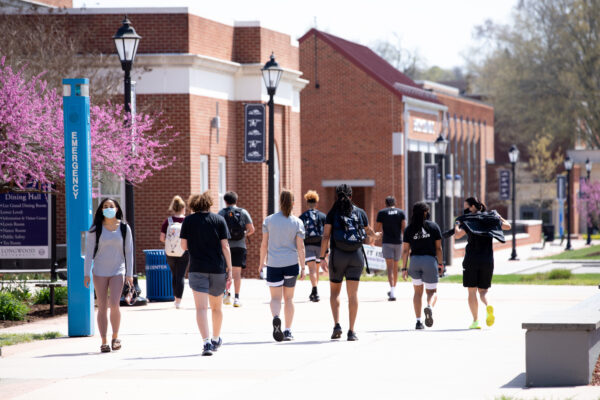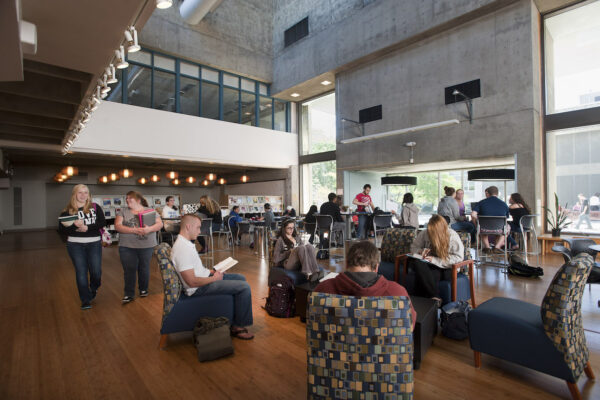All Posts

Leveraging AI to Support Student Mental Health and Well-Being
Artificial intelligence is transforming how colleges approach student mental health, offering innovative ways to manage stress, connect students with resources, and detect warning signs early. Armando Montero explores how campuses are using AI to bolster traditional support systems, as well as the challenges of privacy, bias, and the growing demand for mental health services.

Making Authentic Optimism the New Normal
Devorah Lieberman challenges higher education leaders to embrace “authentic optimism” in 2024, a leadership style that pairs hope with a realistic understanding of institutional struggles.









